Malaria. Dengue fever. Leishmaniasis.
These and other nasty tropical diseases rarely occur in the United States, but they do occur in many of the places Soldiers deploy, from Central and South America, to Africa, the Middle East, Asia and the Philippines. In the tropical areas of these locations, vectors thrive in warm, moist environments and spread disease more easily in places where medical and public health capabilities are not robust.
"We have to train our doctors to prevent, diagnose and treat diseases that we don't see too often in the U.S., but that put our forces at risk when we deploy," according to Lt. Col. Steven Cersovsky, a preventive medicine physician at U.S. Army Public Health Command (Provisional). "Most U.S. providers aren't going to know about these diseases."
One way preventive medicine doctors learn these skills is through the Army's tropical medicine course.
Offered through USAPHC (Prov)'s Professional Medical Education Program, the once-a-year course includes four weeks of classroom training followed by two weeks in the field identifying where vectors breed and live, treating patients, tracking the occurrence of disease in population groups, and working in laboratories to identify vectors and disease-causing agents.
"This was the first year in the history of the course that we were able to blend both clinical care and public health work to build a unique field experience," said Cersovsky, who also serves as a course instructor.
In addition to diagnosis and treatment of tropical diseases, students get an overview of the public health system in a country where diseases are more prevalent and treatment less available than in the U.S.
This year, the program partnered with the Honduran ministry of health to provide the new field mission.
"The local people [in Honduras] are more susceptible to severe diseases because of poverty, lack of nutrition, austere living conditions and limited access to health care," Cersovsky said.
Army Capt. Ben Palmer was one of nine residents who completed the tropical medicine course.
He said the group spent its first week in the capital city, Tegucigalpa, making hospital rounds at a national hospital center and conducting laboratory analyses.
"We visited patients with host-nation doctors, making rounds and discussing cases," Palmer said. "We saw everything from how diseases were contracted, to how the patients presented, to diagnosis and treatment."
Care in Tegucigalpa is the top-level care in the nation; however the residents and their instructors also traveled to Olancho, a rural region in the mountains, which gave them the opportunity to train in an area with less medical and public health resources.
In Olancho, residents visited patients in a regional hospital as well as door-to-door in local villages.
"We worked with Honduran ministry of health officials on an epidemiological study to find out how many malaria-carrying mosquitoes and how many affected humans there were in the area," Cersovsky said.
"You go house to house, interview the people and obtain a medical history, do a brief physical exam looking for obvious infection, do a finger stick [to obtain a blood sample], and make a slide for lab analysis. We also evaluated different diagnostic techniques in the lab," he added.
Course students were surprised that at every house, the people invited them in. Local high school students got school credit for helping with translation.
During their time in the villages, the course attendees also assessed public health conditions as well as the physical environment in which tropical diseases develop.
"We looked at factors in the environment that contribute to disease," Cersovsky explained. "Food and water sources, general sanitation, how people live-all of those things that we're concerned with in public health."
Vector surveillance was also conducted during the time in Olancha.
"We caught mosquitoes, evaluated them [for disease-carrying organisms] and talked with entomologists there," Palmer said.
"The goal [of the environmental surveillance] was to understand the vectors-primarily mosquitoes-and reinforce the students' knowledge of species, habitat, where you find larvae, collection and identification," Cersovsky added.
The tropical medicine course is mutually beneficial to U.S. military healthcare providers and their medical partners in host nations. According to Cersovsky, it supports host-nation efforts to detect and prevent emerging infectious diseases. As well, it offers a knowledge-sharing opportunity to host-nation public health personnel who want to learn more about U.S. military public health practices.
For Palmer, the course emphasized the importance of his chosen medical discipline.
"Of everything I've learned in my residency, I realize the importance of preventive medicine and the avoidance of disease," he said.
"The value of preventive medicine gets overlooked ... diseases that we successfully prevent never happen, so we never can really show what we avoided. We're working to educate both the medical community and the lay person about the importance of prevention."

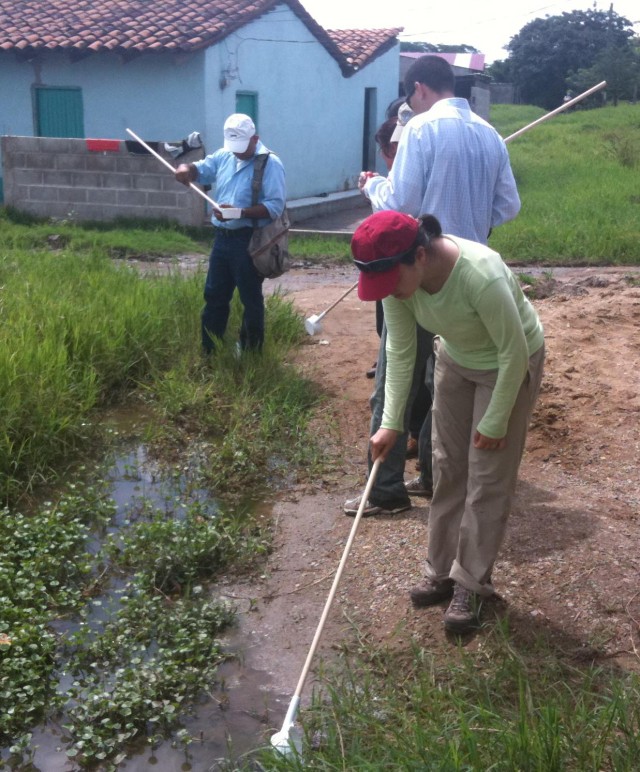
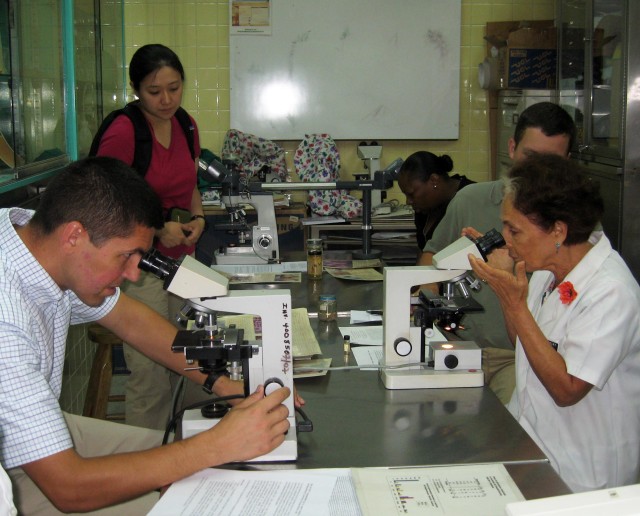
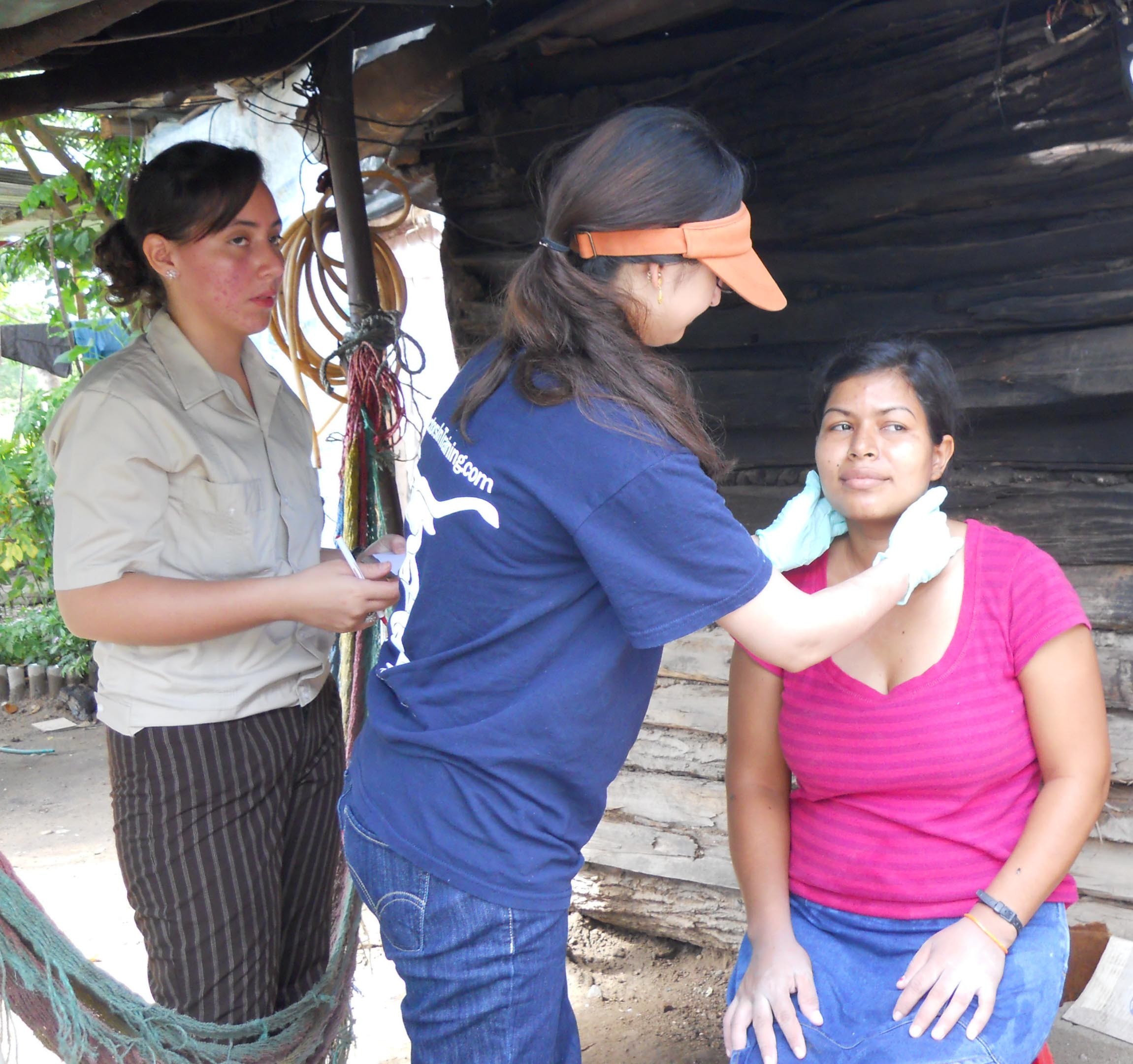
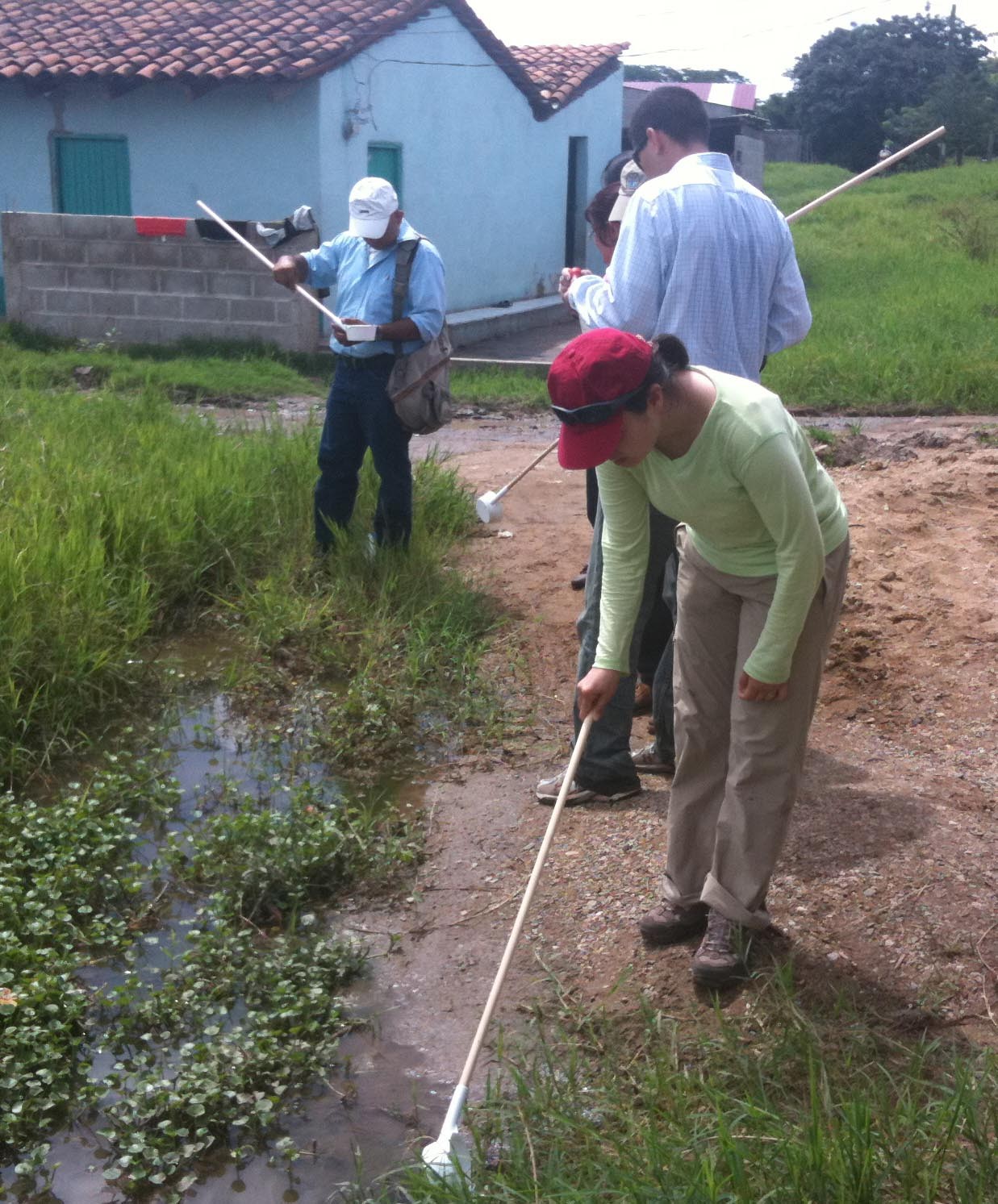
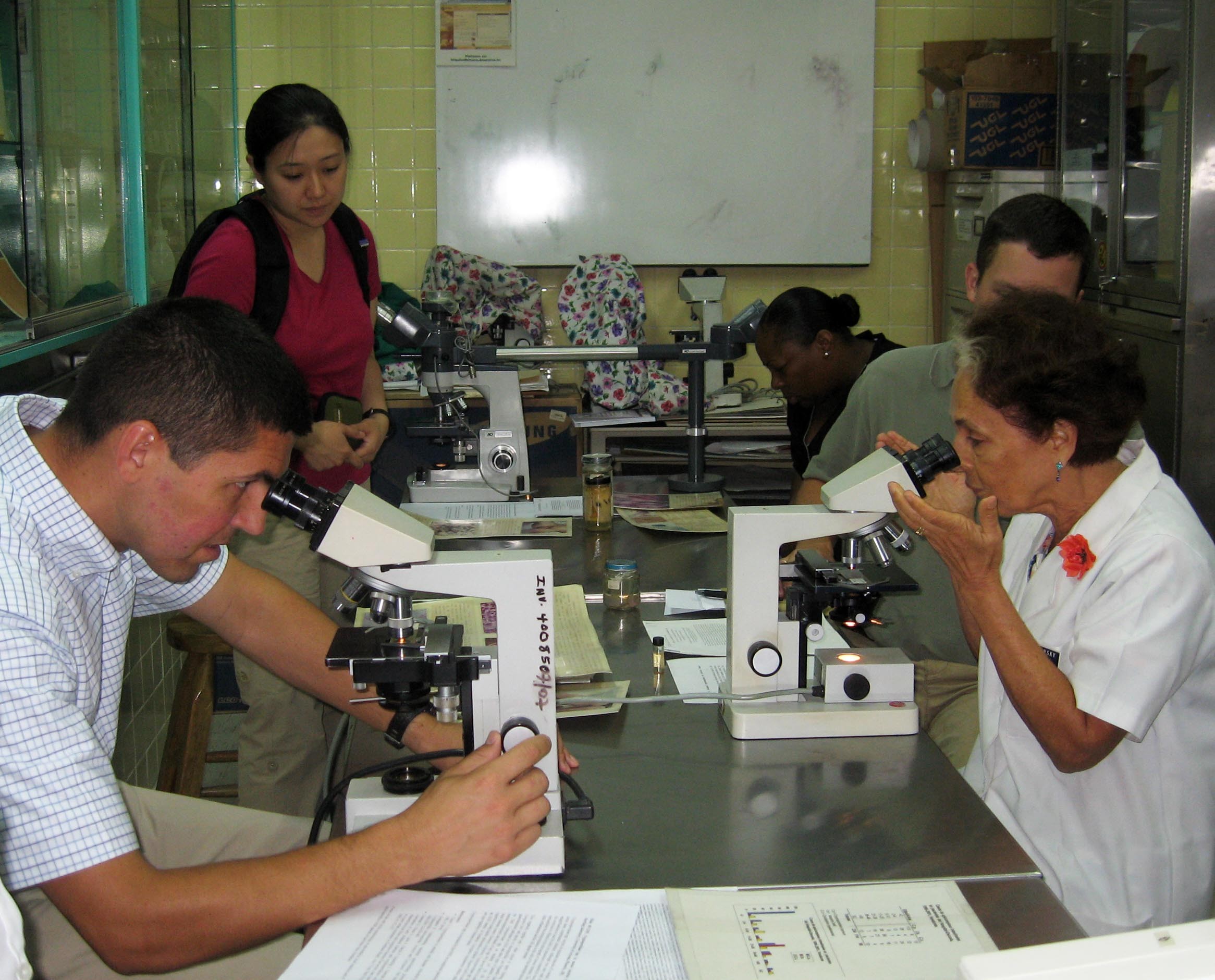
Social Sharing